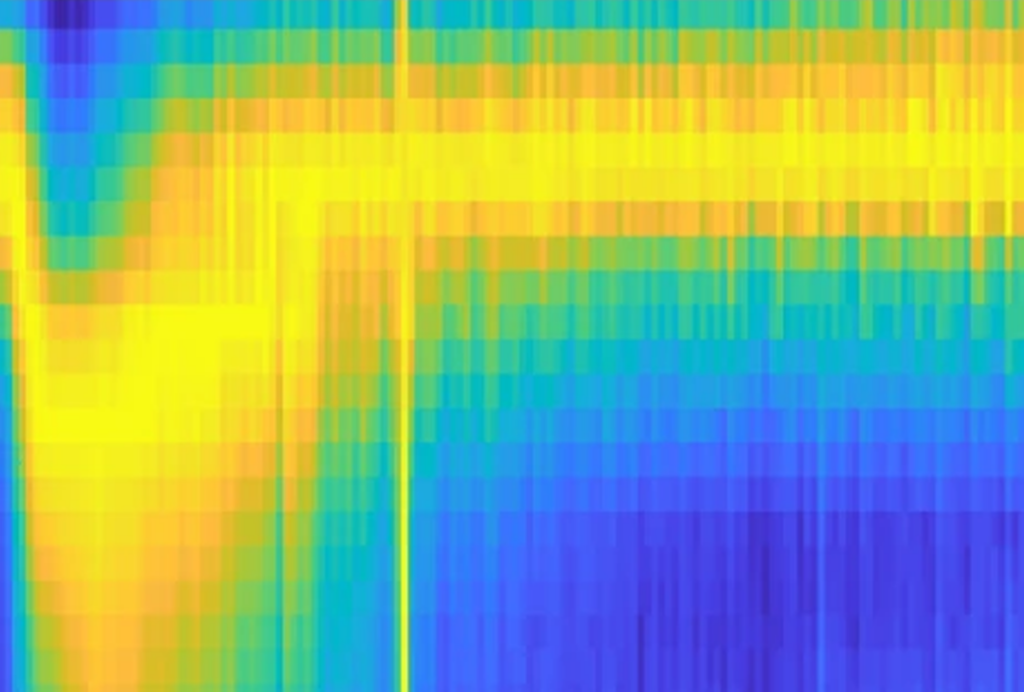
Weak ‘wiring’ in infant brains augurs severe autism features
Babies who are later diagnosed with autism may show aberrant connections between some brain regions in their first year of life.
Babies who are later diagnosed with autism show aberrant connections between brain regions in their first year of life, according to a new study1. In particular, researchers found that nerve bundles in brain regions that process sound, vision and language seem to transfer information inefficiently.
The more inefficient these connections, the more severe the child’s autism features are likely to be at age 2.
The results, published 1 August in Biological Psychiatry, add to a body of recent reports of signs of autism in the brains of infants. For example, in June scientists reported an unusual pattern of brain activity in 6-month-old babies later diagnosed with autism.
The study underscores the cumulative nature of autism’s progression, says lead investigator Joseph Piven, Thomas E. Castelloe Distinguished Professor of Psychiatry at the University of North Carolina in Chapel Hill. “Brain features characteristic of autism unfold early,” he says. “They set up a cascade of events of brain and behavior changes.”
The findings raise the prospect of using brain scans to detect autism before a child shows obvious signs of the condition. Social difficulties and repetitive behaviors typically don’t appear until age 2 or older.
“The thing for me that is so exciting is the really young age at which they’re able to see these neural differences related to autism,” says Lucina Uddin, associate professor of psychology at the University of Miami in Florida, who was not involved in the work. “Maybe we are going to have some brain indices of the disorder long before the behavioral symptoms emerge.”
Tracking tracts:
Piven and his colleagues analyzed brain scans of 97 babies who have an older sibling with autism when the babies were 6 months old. These ‘baby sibs’ are at a 20-fold increased risk of autism. The researchers also scanned the brains of 52 babies with no family history of autism.
They scanned 81 of the baby sibs and 35 of the controls again at 12 months of age, along with another 87 baby sibs and 24 controls. All of the children are part of the Infant Brain Imaging Study, which tracks brain development and behavior in hundreds of babies.
The team used diffusion weighted imaging, which tracks how water molecules move along nerve fibers, to infer connections between pairs of regions in the brain’s outer layer.
From the scans, the researchers measured the length of connections, as well as their ‘strength’: Water moves easily along strong connections, suggesting fibers that are thicker, more numerous or less haphazardly arranged than those in weaker connections. The researchers used these measurements to calculate ‘network efficiency,’ an indicator of how well information flows between regions.
Inefficient connections are long, weak or both, says John Lewis, research associate at McGill University in Montreal.
Sensory signals:
When the children were 2 years old, Lewis and his colleagues assessed the severity of their autism features using the Autism Diagnostic Observation Schedule. They diagnosed 31 of the 184 baby sibs with autism.
The researchers found that nerve bundles connecting brain regions involved in sound processing tend to be inefficient in 6-month-old babies later diagnosed with autism. As a group, babies with the least efficient connections tend to have the most severe features of autism. The problems grow more widespread by 12 months of age, affecting areas involved in visual processing and complex functions such as language.
The findings point to a series of brain changes that may underlie early features such as sensory problems and language delays in children with autism. They support the theory that fundamental problems in sensory processing pave the way for social communication difficulties in autism.
“These regional patterns are interesting,” says Ralph-Axel Müller, professor of psychology at San Diego State University in California, who was not involved in the study. The results are consistent with the literature, which suggests that it’s largely sensorimotor areas that are affected in the first year of life, and more complex cognitive functions later on, he says.
The next step is to relate the altered connections in baby sibs to the changes in brain activity and other structural anomalies uncovered in other studies, Lewis says. For example, the lengthy connections may contribute to the enlarged brains of some children with autism.
References:
- Lewis J.D. et al. Biol. Psychiatry 82, 176-185 (2017) PubMed
Recommended reading

Among brain changes studied in autism, spotlight shifts to subcortex
Home makeover helps rats better express themselves: Q&A with Raven Hickson and Peter Kind
Explore more from The Transmitter

Dispute erupts over universal cortical brain-wave claim
Waves of calcium activity dictate eye structure in flies

